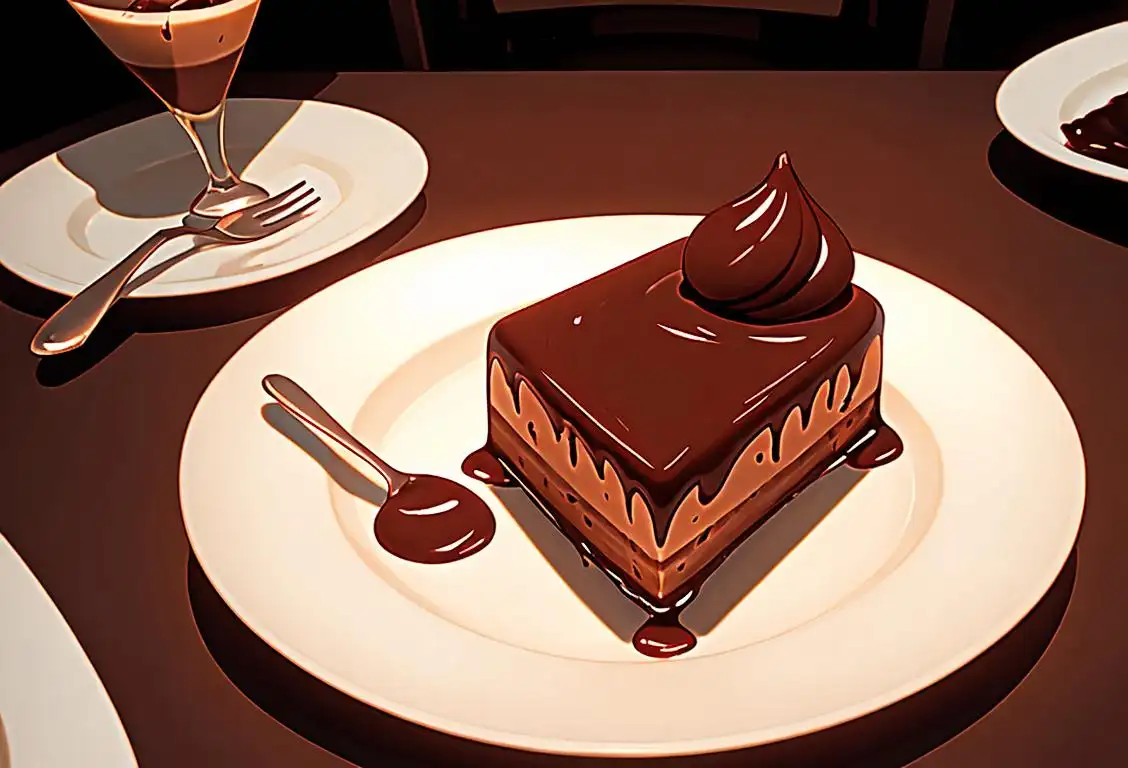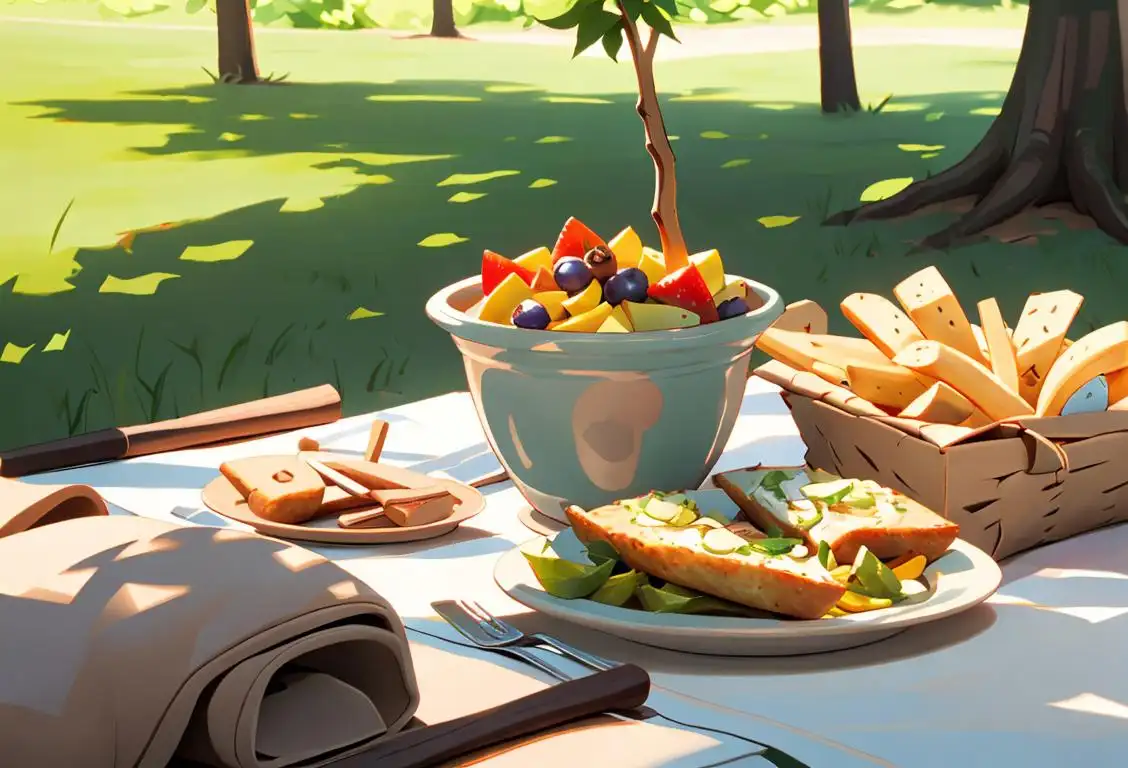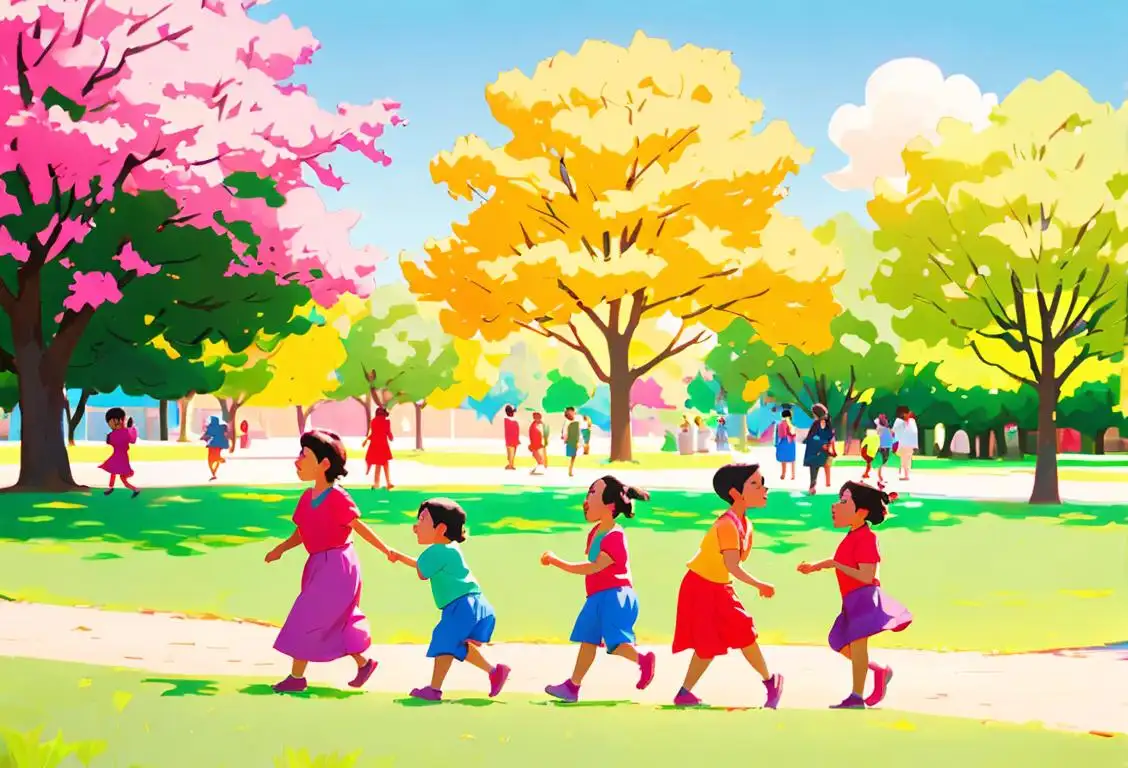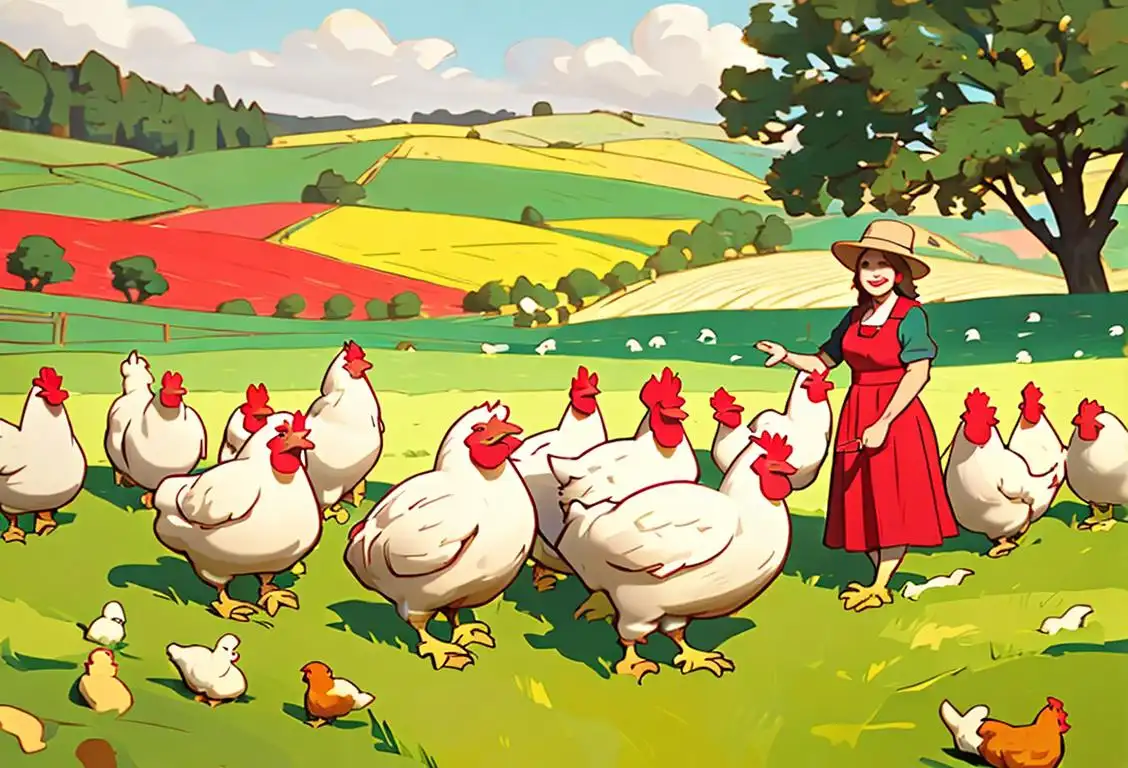National Buttered Corn Day
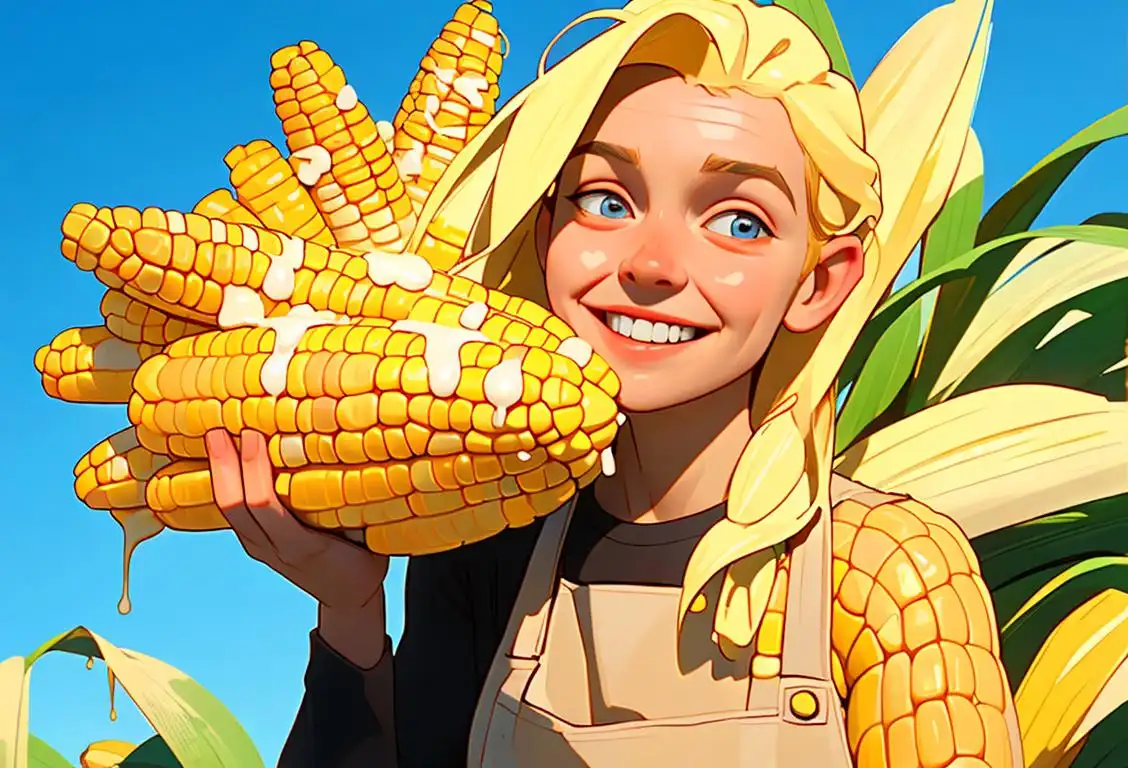
Hey there butter lovers! Get ready to celebrate National Buttered Corn Day, the tastiest holiday in the land! Grab your butter knives and corn on the cob holders because we're about to dive into a mouthwatering adventure. From the creamy butter that drips down your chin to the sweet crunch of delicious corn, this day is a celebration of all things buttered and corn-y!
When is Buttered Corn Day?
It's national buttered corn day on the 23rd August.
The Butter and the Kernel: A Delicious Love Story
Buttered corn has been a beloved dish for centuries. Native to the Americas, corn has been a staple in many cultures, and when you add butter to that mix, it becomes even more irresistible. The combination of tender corn kernels and rich, melted butter is a match made in culinary heaven.
While the origins of National Buttered Corn Day are a bit hazy, one thing is clear - people absolutely adore this mouthwatering dish. Whether you enjoy it at a summer barbeque, a state fair, or a cozy family dinner, buttered corn brings joy and flavor to any occasion.
So how do you celebrate National Buttered Corn Day? Well, it's quite simple. Cook up a batch of fresh corn on the cob, slather it generously with butter, and take a big, satisfying bite. Let the buttery goodness melt in your mouth and savor each sweet and savory kernel.
If you want to take your buttered corn game to the next level, you can experiment with different flavors. Add a sprinkle of chili powder for a spicy kick, or drizzle some honey to add a touch of sweetness. Get creative and make it your very own signature buttered corn creation!
History behind the term 'Buttered Corn'
Prehistoric times
The cultivation of corn begins
Corn, or maize, is believed to have been domesticated by indigenous peoples in Mesoamerica around 10,000 years ago. This early form of corn was very different from what we know today, with kernels that were smaller and harder. The cultivation of corn played a vital role in the development of agricultural societies and had a significant impact on their culture and cuisine.
Prehistoric times
Ancient Cultivation
In prehistoric times, corn, also known as maize, was cultivated by indigenous people in the Americas. The exact origins of corn cultivation can be traced back to around 7000 BC in Mexico. Native American tribes, such as the Maya and the Aztecs, played a significant role in its development.
Prehistoric times
Ancient Origins
Corn, also known as maize, is believed to have originated in Mesoamerica around 7,000 to 10,000 years ago. This staple crop was cultivated by indigenous populations, including the Maya and Aztecs, who believed that corn had spiritual and cultural significance. They used various cooking methods, including boiling and grinding, to prepare corn for consumption.
1492
Ancient Origins
Corn, also known as maize, is cultivated by various indigenous peoples throughout the Americas, including the Mayans and the Aztecs. It becomes an integral part of their diet and culture.
1492
Corn Encounters Europe
In 1492, Christopher Columbus arrived in the Americas and came across corn for the first time. He witnessed the Native Americans preparing corn in different ways, one of which was by grating and pounding the kernels into a paste-like consistency known as masa. Corn was brought back to Europe by explorers and began to spread across the continent, gradually becoming a vital food source.
15th Century
European Arrival
When Christopher Columbus arrived in the Americas in 1492, he encountered corn for the first time. Europeans, who were primarily familiar with wheat and barley, were fascinated by this new crop. Corn soon made its way to Europe through explorers and traders, where it became a popular addition to the European diet.
17th century
Corn introduced to Europe
With the arrival of European explorers in the Americas, corn was brought back to Europe. Initially, corn was primarily seen as a curious novelty rather than a staple food. It took some time for the Europeans to fully embrace this new crop and integrate it into their diet.
1700s
Corn in Colonial America
Corn is brought to North America by European settlers. It quickly becomes a staple food in colonial America due to its versatility and abundance. It is commonly ground into meal and used in various culinary preparations.
17th Century
Pilgrims and Popcorn
In the 17th century, English settlers known as Pilgrims arrived in North America. They learned from the Native Americans how to plant and cultivate corn. One of the ways they prepared corn was by popping it. Popcorn became a popular snack among the settlers, and it continued to be enjoyed throughout the years.
Late 1800s
Buttering Up Corn
As corn remains a popular food in America, the practice of buttering corn on the cob emerges. This involves spreading butter on cooked corn to enhance its flavor and add richness.
Late 1800s
The Popcorn Phenomenon
While corn had been widely used for centuries in various forms, popcorn gained popularity in the late 1800s. The invention of the steam-powered popcorn machine by Charles Cretors in 1885 revolutionized the popcorn industry. It allowed for convenient and efficient popping, making popcorn a popular snack at fairs, circuses, and movie theaters around the world.
Late 19th century
Buttering corn becomes popular
Buttering corn became a popular way of enjoying this delicious vegetable in the late 19th century. As corn cultivation expanded and corn became more readily available, people discovered that adding butter to cooked corn kernels enhanced the flavor and added richness to the dish. This simple yet delightful combination quickly became a staple on dinner tables across America.
19th Century
Rise of Buttered Corn
As industrialization took hold in the 19th century, corn production expanded significantly. Corn, including buttered corn, became a staple in the diets of many, particularly in North America. Buttered corn, a simple and delicious dish, gained popularity as corn was readily available and butter was a common ingredient in cooking.
1930s
Growing Popularity
As corn production increases and becomes more widespread, buttered corn gains popularity across the country. It is commonly served at state fairs, picnics, and family gatherings.
20th century
Corn on the cob at fairs and festivals
During the 20th century, corn on the cob, often buttered, became a beloved snack at fairs, festivals, and outdoor events. The sight of people enjoying freshly grilled or boiled corn slathered in butter became a symbolic representation of summertime gatherings and the joyous spirit of community celebrations.
Early 20th Century
Buttering Up Corn
The practice of adding butter to corn became prevalent in the early 20th century. Butter enhanced the flavor and added richness to corn dishes, making them even more enjoyable. The combination of butter and corn became particularly famous in America, where it remains a beloved side dish during summer barbecues, picnics, and holiday feasts.
Post-World War II
Corn as Comfort Food
After World War II, buttered corn becomes closely associated with American comfort food. Its simplicity and taste provide a sense of nostalgia and familiarity, making it a beloved dish in households across the nation.
20th Century
Culinary Versatility and Variations
In the 20th century, buttered corn continued to be enjoyed and incorporated into various culinary traditions. It found its way into traditional American dishes like succotash and corn chowder. It also became a popular side dish across the world, often paired with grilled meats, seafood, or other vegetables. As globalization increased, buttered corn reached a wider audience and became a beloved side dish in many different cultures.
Modern Times
Buttered Corn Today
Buttered corn has maintained its popularity throughout the years and is enjoyed in various cultures worldwide. Today, it is commonly prepared by boiling or grilling ears of corn and then slathering them with butter before serving. Additionally, flavored butters or spices like chili powder, garlic, or herbs are often added to elevate the taste of buttered corn, creating a mouthwatering culinary delight.
Present day
Buttered corn: an American favorite
Today, buttered corn remains a favorite side dish and snack in American cuisine. Whether it's served on the cob or as individual kernels, buttered corn continues to be cherished for its sweet and buttery flavors. It has become an integral part of traditional summer barbecues, family meals, and holiday feasts, reminding people of the rich cultural heritage associated with this humble but delicious dish.
Modern Era
Culinary Innovations
In recent years, buttered corn has gained culinary versatility. Chefs and home cooks experiment with different seasonings, toppings, and cooking methods. Variations such as Mexican-style street corn and grilled buttered corn with herbs become trendy.
Did you know?
Did you know that corn is actually a type of grass? Yep, that's right! Those juicy kernels you love to sink your teeth into are the seeds of a grass plant. Talk about nature's delicious surprises!Tagged
nsfw food funFirst identified
23rd August 2018Most mentioned on
23rd August 2020Total mentions
19Other days
Chocolate Mousse Day
Something On A Stick Day
Children Day
Awareness Day
Frappe Day
Taco And Vodka Day
Happiness Day
Opposite Day
One Day
Poultry Day
